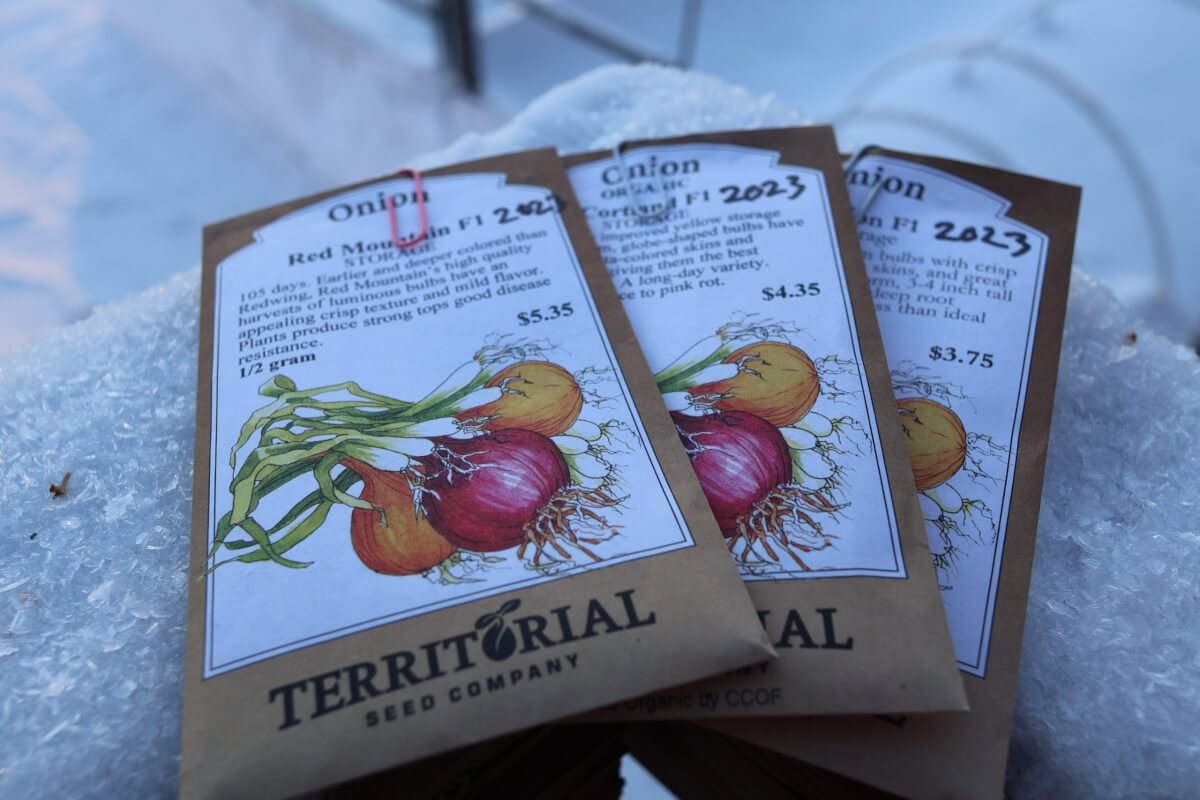Since a lot of you might be going through your seed banks soon and preparing your seed orders, we wanted to toss out a reminder about those “short shelf life” seeds.
The gist is that seeds have a general shelf life. For the most part, the majority of seeds have viability that lasts well into many years. But, some are particularly short lived and therefore should be “of concern” every year. The big ones to worry about are corn, onion, leek and parsnip as these will typically only last one to two years. Although slightly less concerning, you can also see about two to three years of shelf life from marjoram, oregano, sage and stevia.
It’s important to know that seeds don’t just “go bad” all at once. Viability is a sliding scale. We’ve done a lot of experimentation with these “short life” seeds as it seems quite wasteful to just toss them. “Expired” seeds are still technically good, but you often have to significantly overplant to get your desired outcome. Once seeds are past their generally recognized shelf life, we typically at least double the number of seeds sowed to get the desired plant quantity.
So, for example, if we were aiming for 20 leek plants? We might sow 40 seeds if the seeds are two years old. Should they be three years old, we’d likely plant 60 or even 80 seeds to try and get those 20 plants. As you might imagine, at a certain point it’s best just to replace your seed stock with fresh seeds. In general, you can expect roughly a 50% reduction in germination each year past the shelf life. But, this isn’t an exact science and actual results might be less or more.
As a final note, we always recommend keeping a journal every year. Or at least a “notes to self” living document. If you notice poor germination in any variety you’re growing, definitely make a note of it as it’s likely you’re nearing the viability limits of your particular seeds. Around this time, it’s really tough to remember what was happening the previous spring…so those notes to self are exceptionally valuable!
We’ll also slap a much more detailed article on this topic in the comments. This covers things like testing your seed viability, should you want to be more “scientific” about it. And also a bunch more detail on general seed viability.


